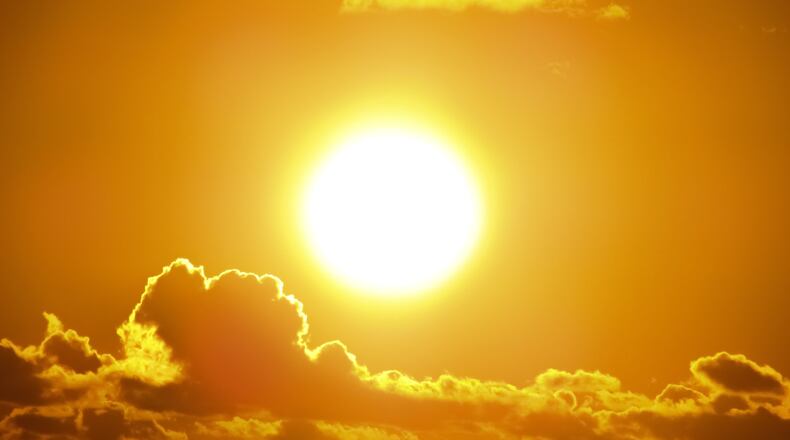Among conditions associated with hot weather are cardiovascular and respiratory complications, renal failure, electrolyte imbalance, kidney stones, negative effects on fetal health and preterm birth.
The two most dangerous heat-related conditions are heat exhaustion and heatstroke; both are life-threatening if left untreated. Those most at risk for the illnesses include babies and young children, people 65 and older, overweight people, those overexerting themselves during work or exercise in heat and people with medical conditions, such as heart disease or high blood pressure.
Heat exhaustion occurs when your body overheats and is usually caused by high temperatures combined with high humidity and strenuous physical activity, according to the Mayo Clinic.
Symptoms of heat exhaustion:
- Heavy sweating
- Weak, rapid pulse
- Dizziness
- Muscle cramps
- Headache
- Nausea
If experiencing heat exhaustion, stop all activity and rest, moving to a cooler place and drinking cool water or sports drinks.
Heatstroke, which is most common in the summer, also happens when the body overheats, usually during prolonged exposure to or physical activities in high temperatures. It happens when the body’s temperature rises to 104 degrees.
A person experiencing heatstroke needs emergency treatment because if left untreated, heatstroke can quickly damage the brain, heart, kidneys and muscles, the Mayo Clinic reports. The longer treatment is delayed, the more serious the risks for complications or death.
Symptoms of heatstroke:
- Body temperature of 104 degrees
- Altered mental state or behavior
- Nausea and vomiting
- Flushed skin
- Rapid heart rate
- Headache
Call 911 immediately if you think someone is experiencing heatstroke. Then get the person into a shaded area or indoors, the Mayo Clinic recommends. Remove extra clothing and cool the person with whatever means are available, including a cold tub of water, a garden hose, fanning while misting with cold water or applying ice packs or wet towels in the head, neck and groin area.
Following are tips to avoid heat exhaustion and heatstroke from the Centers for Disease Control and Prevention:
- Stay hydrated; drink plenty of water
- Wear appropriate lightweight and loose-fitting clothing and hats during extreme heat
- Stay indoors in a cool area
- Limit outdoor activity and try to schedule outside events when it's coolest in the morning and evening
- Cut down on exercise during the heat
- Wear sunscreen with SPF 15 or higher, a wide-brimmed hat and sunglasses
- Don’t leave children or pets in cars, and keep pets hydrated.
About the Author

